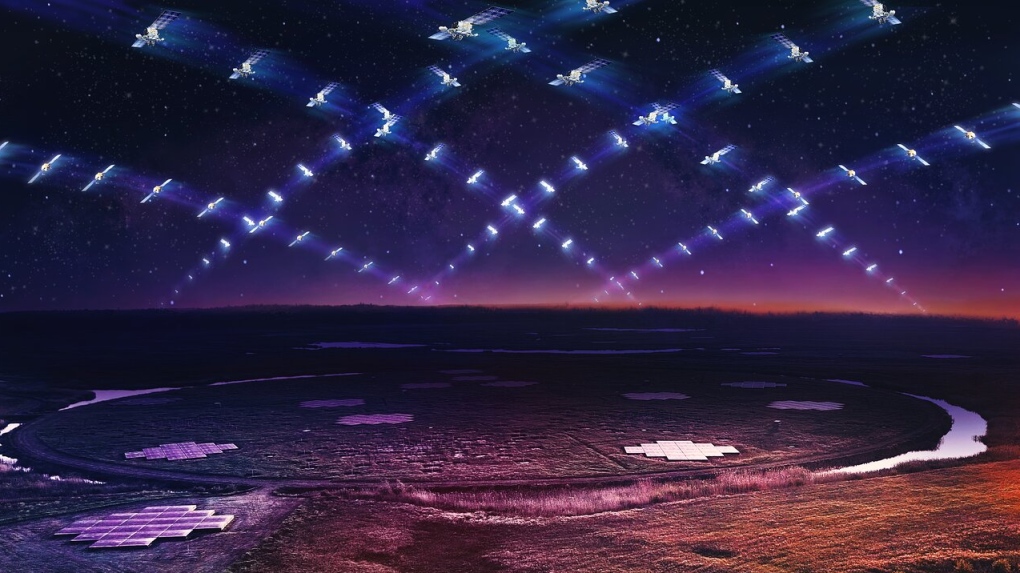
Starlink satellites flooding sky with radiation which could be hurting radio astronomy: study
CTV
Elon Musk's thousands of Starlink satellites aren't just disrupting scientific research by causing streaks in deep space photos — according to a new study, they are also dumping 'unintended electromagnetic radiation' into space, something which could be a major problem for Earth-bound astronomers.
Elon Musk’s thousands of Starlink satellites aren’t just disrupting scientific research by causing streaks in deep space photos — according to a new study, they are also dumping “unintended electromagnetic radiation” into space, something which could be a major problem for Earth-bound astronomers.
In the study, forthcoming in the peer-reviewed journal Astronomy & Astrophysics, scientists observed 68 Starlink satellites made by SpaceX and found that the satellites in low Earth orbit could be muddling or even drowning out signals from deeper in space that radio astronomers search for.
Some of the radiation emitting from the satellites falls within a bandwidth that is designated by the International Telecommunications Union (INU) to allow radio astronomers to perform their work, according to the study.
“We detected radiation between 110 and 188 MHz from 47 out of the 68 satellites that were observed. This frequency range includes a protected band between 150.05 and 153 MHz specifically allocated to radio astronomy by the International Telecommunications Union (ITU)”, Cees Bassa from ASTRON, the Netherlands Institute for Radio Astronomy and co-author of the study, said in a press release.
However, because this type of radiation isn’t covered by any international regulations, SpaceX isn’t running afoul of any actual rules — even though this type of equipment is strictly regulated if it’s terrestrial to ensure no devices interfere with others.
The study comes from the International Astronomical Union’s Centre for the protection of the Dark and Quiet Sky from Satellite Constellation Interference (CPS), an organization made up of astronomers from across the globe which is dedicated to studying astronomical matters that pertain to satellites cluttering the night sky. The organization was formerly launched in 2022, but the idea came from the launch of the first 60 Starlink satellites in May 2019, which was a number that was unprecedented at the time.
Since then, Starlink has launched more than 3,000 satellites, which provide internet to more than 50 countries, including Canada. They are aiming to hit 10,000 satellites by 2027.
